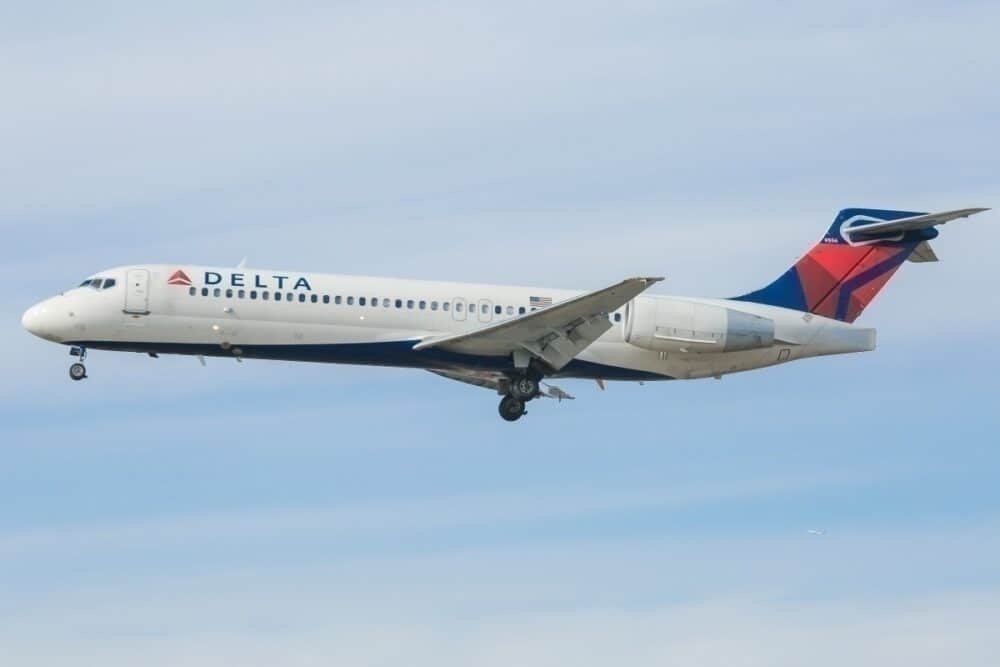In Delta’s second-quarter earnings call, CEO Ed Bastian indicated that it would not be surprising to see the airline extend blocked middle seats beyond September. Currently, the airline is planning on capping load factor at 60% on all flights through September 30th.

Likely to extend blocked middle seats
Delta is expecting to extend its blocked middle seat policy beyond September. Specifically, CEO Ed Bastian stated the following while releasing the airline’s second-quarter results:
“We’re committed to blocking middle seats through September and expect to continue our policy beyond that date as well.”
The airline is with Southwest, currently, in blocking middle seats through September 30th. After that, however, no plan is currently in place when it comes to capping capacity and limited middle seats. This was the first real indication from an airline executive that the social distancing policy would extend out further.

Consumer confidence is driving Delta’s move
In the same call, Ed Bastian noted that consumer confidence was driving Delta’s move to continue to block middle seats and likely extend it. Currently, with uncontrolled viral spread across the United States, passengers are concerned about sitting close to strangers– even while wearing masks.
Explicitly, Ed Bastian stated the following:
“We’re going to hear from customers as to their comfort in travel. We’ve got a lot of flights that we have to add back in […] before we have to worry about filling up the middle seats. And we’ll get there over the course of the end of the year into early next year. But right now, I don’t see a push to do that. Customers aren’t pushing us to do it, […] I’d rather have more flights back and more seats into the market in a safe way than trying to maximize the number of people you can put on an individual airplane and I think that would be inconsistent with the brand that Delta represents.”

Delta’s marketing strategy
Essentially, Delta Air Lines is continuing its strategy of marketing itself as a premium-oriented airline. The blocked middle seats and capped capacity is designed for marketing to the world that the airline cares about public health and wants to provide passengers a healthy and secure flying experience. Some studies have already shown that blocking the middle seat may halve a passenger’s risk of contracting the virus onboard a plane.

But, also, Delta does not necessarily lose out too much. Beyond September, the carrier is going to enter the traditionally difficult fall and winter months. This, coupled with existing reduced demand, would not significantly diminish the airline’s financial status. With lower load factors compared to numbers in 2019, it would make sense for Delta to block out middle seats. And, where warranted, schedule additional flights.
In the future, the carrier is looking to shore up that brand loyalty by indicating the airline cared about passenger’s needs while other carriers neglected it. United never really had a robust social distancing policy while American Airlines recently moved to remove that policy. How that plays out for both airlines, however, remains to be seen.
Do you think Delta’s blocked middle seat strategy will work out? Let us know in the comments!



